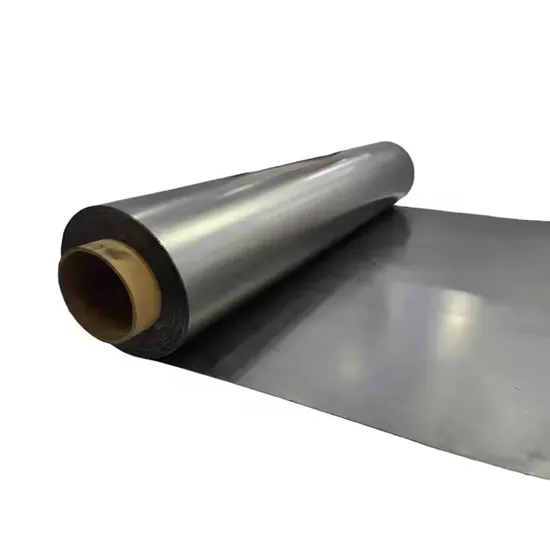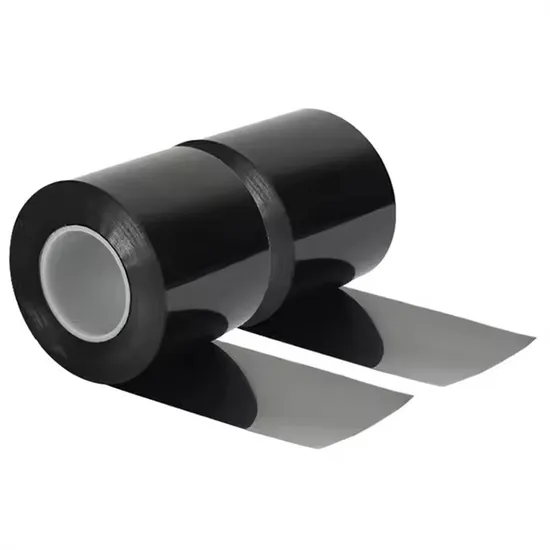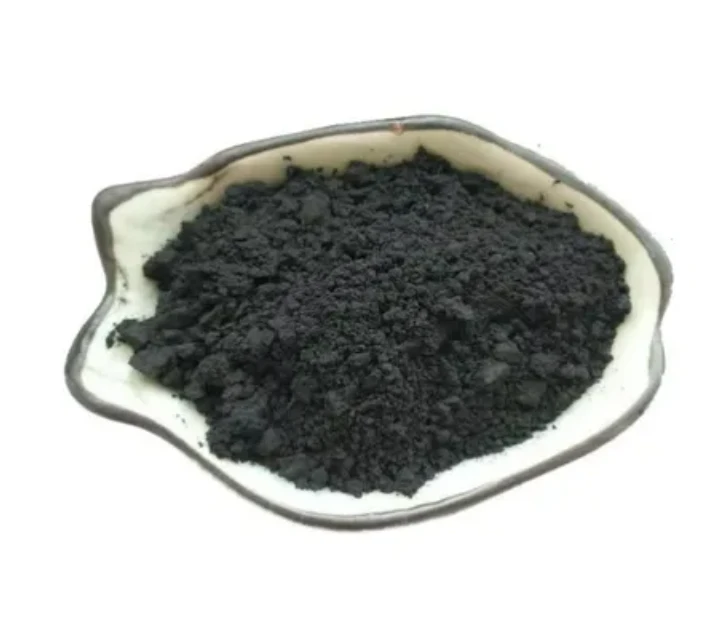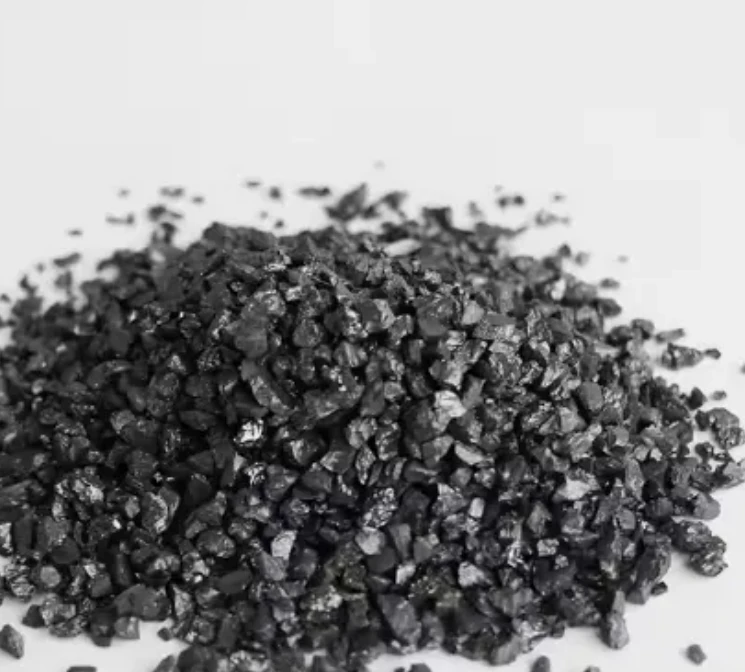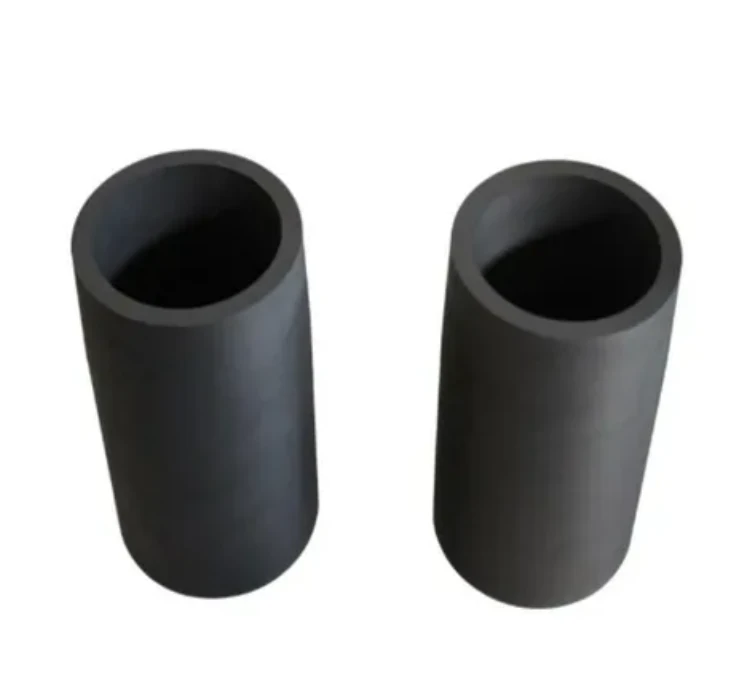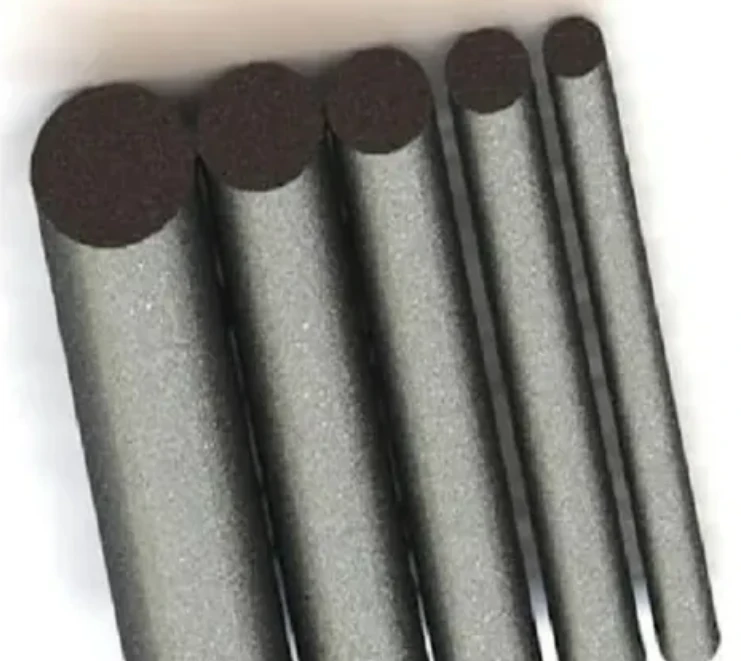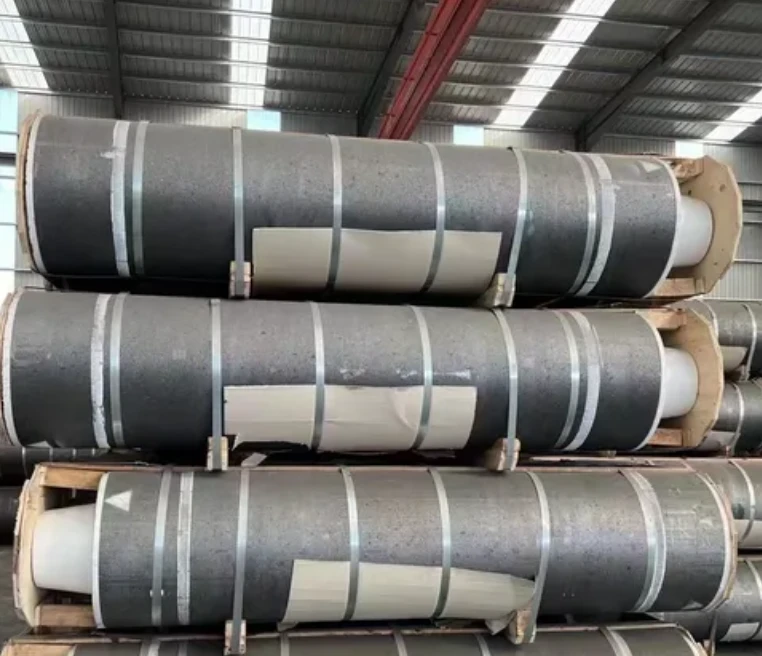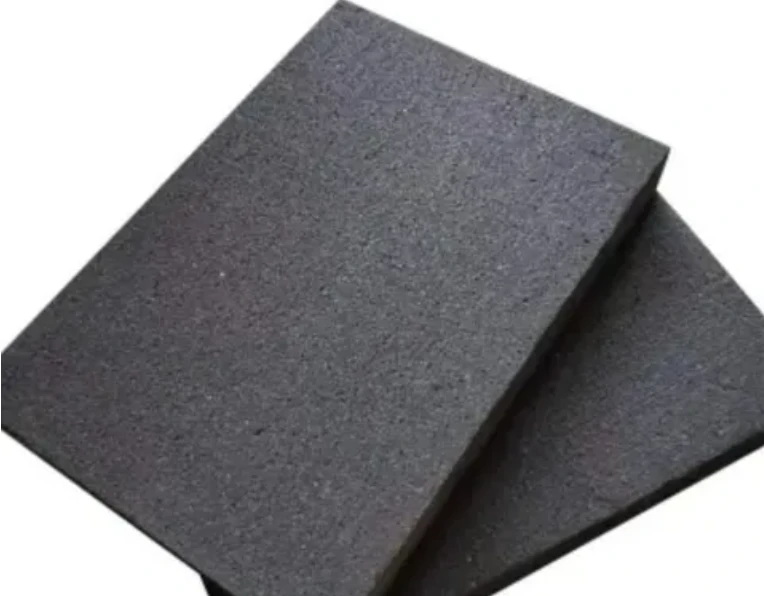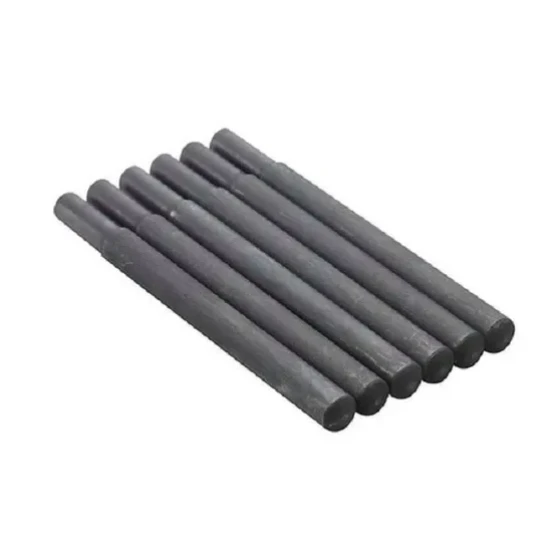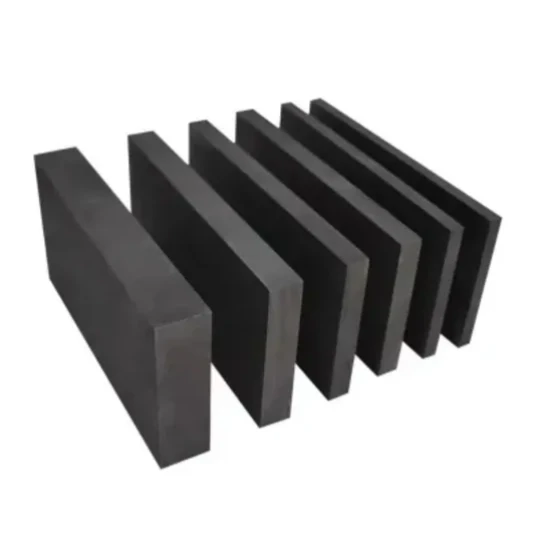- Englist


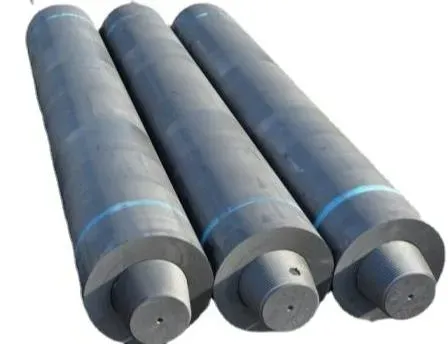
- Overview of Calcined Petroleum Coke Market Dynamics
- Key Drivers Influencing Price Volatility
- Technological Advancements in Production
- Comparative Analysis of Major Suppliers
- Customized Solutions for Industry-Specific Needs
- Case Study: Impact on Graphite Electrode Manufacturing
- Future Projections for Calcined Petroleum Coke Pricing

(calcined petroleum coke price trend)
Understanding the Calcined Petroleum Coke Price Trend
The calcined petroleum coke price trend
has shown significant fluctuations since Q1 2023, with a 22% YoY increase in Asia-Pacific markets. Global demand from aluminum smelting (48% of consumption) and lithium-ion battery sectors (18% growth since 2022) continues to reshape pricing models. Regional disparities persist, with North American prices remaining 8-12% higher than Middle Eastern benchmarks due to logistics and sulfur content regulations.
Market Forces Shaping Cost Structures
Three primary factors dominate current pet coke price trend dynamics:
- Crude oil price variations (Brent crude correlation coefficient: 0.78)
- Environmental compliance costs (up 35% post-IMO 2020 regulations)
- Alternative material adoption in steelmaking (15% substitution rate increase)
Innovation in Processing Technologies
Advanced rotary kiln systems now achieve 92-94% calcination efficiency, reducing energy consumption by 18% compared to traditional methods. Leading producers utilize real-time AI-driven quality monitoring, cutting production waste by 27%. Microwave-based calcination prototypes demonstrate potential for 40% faster processing cycles.
Supplier Performance Benchmarking
| Supplier | Sulfur Content | Moisture | Delivery Lead Time | Q2 2024 Price/MT |
|---|---|---|---|---|
| Supplier A | 2.8% | 0.3% | 45 days | $720 |
| Supplier B | 3.1% | 0.5% | 32 days | $685 |
| Supplier C | 2.5% | 0.2% | 58 days | $755 |
Tailored Supply Chain Configurations
Custom blending services now enable precise control over:
- Real Ash Content (customizable between 0.5-3.2%)
- Particle Size Distribution (10-300μm optimization)
- Bulk Density Adjustments (±15% from standard grades)
Graphite Electrode Production Insights
The price trend of graphite electrode directly correlates with CPC costs, representing 38-42% of total production expenditure. Recent trials with 94% CPC purity grades showed 12% improvement in electrode conductivity. A major European manufacturer achieved 9% cost reduction through strategic CPC inventory hedging during 2023 price spikes.
Forecasting Calcined Petroleum Coke Market Movements
Industry analysts project moderate stabilization in calcined petroleum coke price trend through 2025, with anticipated 6-8% annual growth in premium low-sulfur grades. Emerging applications in carbon capture systems (estimated 14% market share by 2027) may create new pricing paradigms. Continuous monitoring of crude oil markets and renewable energy transitions remains critical for accurate trend anticipation.
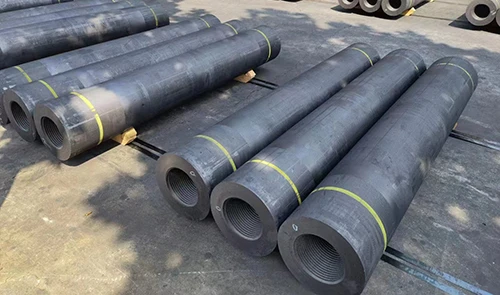
(calcined petroleum coke price trend)
FAQS on calcined petroleum coke price trend
Q: What factors influence the calcined petroleum coke price trend?
A: Key factors include crude oil prices, supply-demand dynamics, production costs, and global industrial demand, particularly from the aluminum and steel industries.
Q: How does the pet coke price trend relate to calcined petroleum coke markets?
A: Pet coke price trends directly impact calcined petroleum coke costs, as raw pet coke is the primary feedstock, with additional processing expenses affecting final pricing.
Q: Why is the price trend of graphite electrode linked to calcined petroleum coke?
A: Graphite electrodes rely on calcined petroleum coke as a key raw material, so price fluctuations in CPC directly affect graphite electrode production costs and market trends.
Q: What indicators predict shifts in the calcined petroleum coke price trend?
A: Indicators include oil price volatility, aluminum smelter activity, environmental regulations, and graphite electrode demand from the electric arc furnace (EAF) steel sector.
Q: Are calcined petroleum coke prices currently rising or falling in 2023?
A: As of 2023, prices show mixed trends due to uneven regional demand, fluctuating energy costs, and slower growth in key sectors like steel and renewables.





 Pervious
Pervious
 Next
Next
